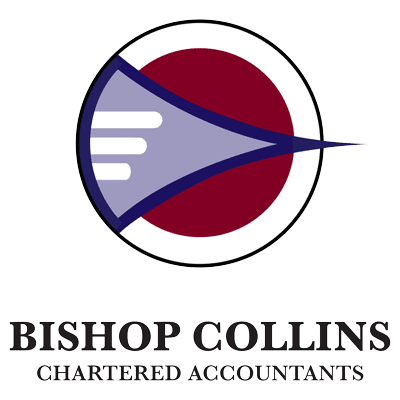Author – Anh To – Bishop Collins, Business Services, Client Manager.
“My friend said I can deduct…”
With a New Year upon us and tax lodgement looming, how often during a dinner party has a friend’s friend said “I was told” they could deduct almost anything as long as it is “work-related”?
Firstly, taking tax advice from a friend’s friend, would be your first mistake. Secondly, it is our experience that over the last few years the ATO has continued to warn taxpayers to avoid incorrect claims for work-related expenses. Improvements in technology and data matching, has resulted in the ATO using real-time data to compare taxpayers with other individuals in similar occupations and income brackets. They are on the lookout for higher than-expected claims related to expenses including vehicle, travel, internet and mobile phones, and self-education.
The key is understanding what you are eligible to claim before you lodge your tax return, based on facts (from your own adviser) and not what you’ve heard through the grapevine.
Some of the common myths we have come across include:
- “Surely I can claim my business clothing, like my suits and shirts, because I only wear them to work and it is required by my employer.”
What is wrong with this? Everyday professional clothes is considered private clothing and not a ‘uniform’, even if it is only used for work. To legitimately claim your uniform, it needs to be unique and distinctive. A uniform will have your employer’s logo, or will be specific to your occupation and not for everyday use, such as a chef’s pants or fluorescent safety vests.
- “I should be able to claim my travel between home and work, because if I didn’t travel to work, I wouldn’t be able to earn income… So obviously the travel is work-related, right?”
What is wrong with this? Generally you can’t claim a deduction for this because trips between home and work are considered private travel. However, you can claim deductions in some circumstances, for example some travel between two separate workplaces (provided one of the places isn’t your home).
- “I dry-cleaned my work clothes, this must be a work-related deduction.”
What is wrong with this? You can only claim a deduction for the cost of cleaning ‘occupation-specific clothing, protective clothing and unique, distinctive uniforms’. Again, everyday professional suits and shirts (without an employer logo) is considered private, and the dry-cleaning expenses for these articles of clothing would not be deductible.
- “I use my private phone to make work calls and check my work emails all the time. Therefore all my phone bills are definitely deductible.”
What is wrong with this? If you use your phone or internet for both work and private purposes, a reasonable ‘work use’ percentage must be calculated to support your claims. The ATO guidelines indicate that you would need to keep records for a four-week representative period in each income year, to claim a deduction of more than $50. This could include diary entries, electronic record and itemised bills. Furthermore evidence that your employer expects you to work at home or to make some work-related calls, would help to demonstrate your entitlement to the work-related portion of your phone and/internet use.
If you have any concerns over “tax myths” that you’ve heard over the years, feel free to book in a time to speak to any of our experienced staff at Bishop Collins for any questions you may have.


 By
By 